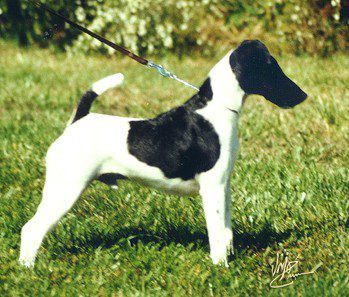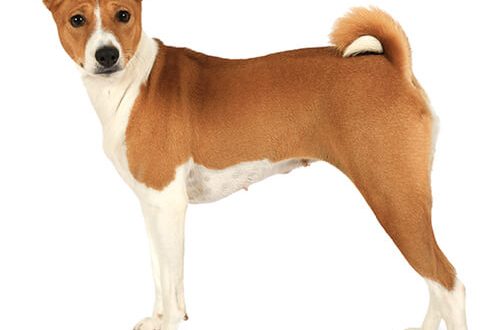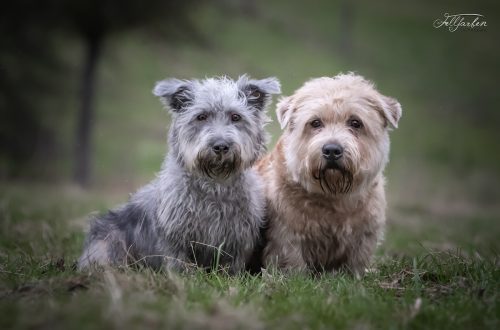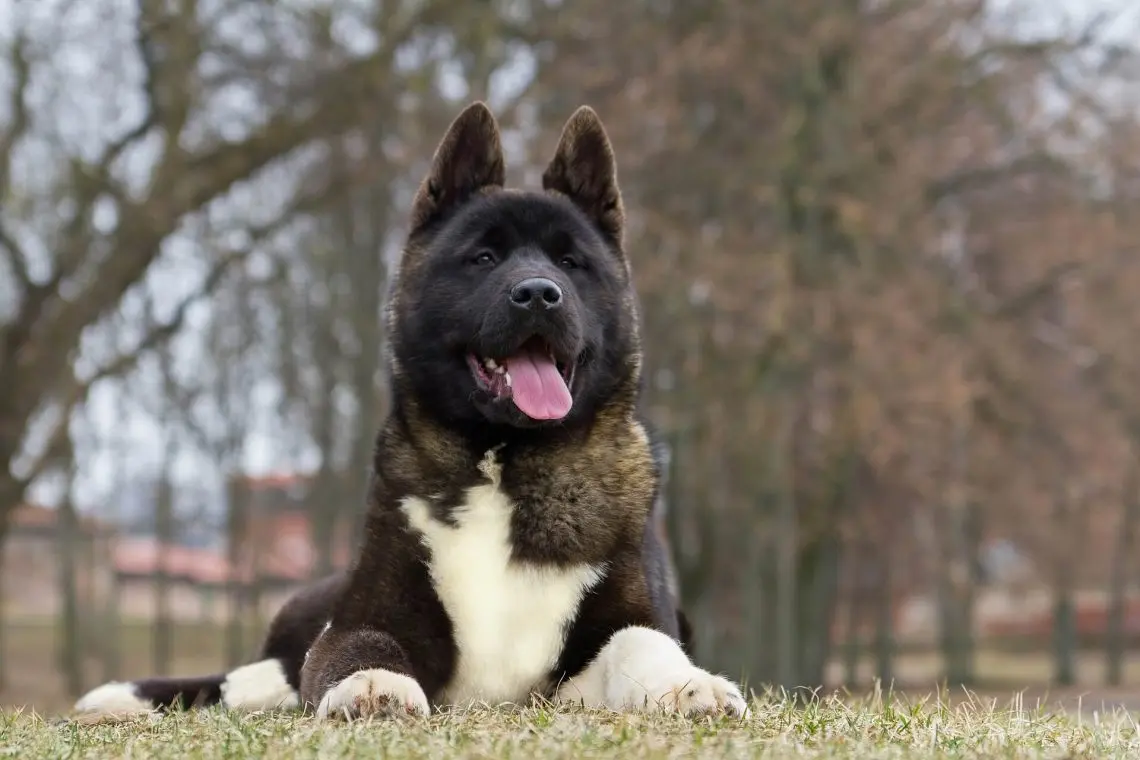
American akita
Contents
- Characteristics of American akita
- Description of the breed American Akita
- The nature of the American Akita
- Education and training
- Maintenance and care
- American Akita food
- Health
- Photo of American Akita
- Who is this breed for?
- History of the breed
- How to choose a puppy
- Photos of American Akita puppies
- American Akita price
- American Akita – Video
Characteristics of American akita
| Country of origin | USA, Japan |
| The size | Large |
| Growth | 61–71 cm |
| Weight | 35–50 kg |
| Age | 10–12 years old |
| FCI breed group | Spitz and breeds of primitive type |
Brief information
- Clever dog;
- Independent, seeks dominance;
- Friendly and very calm;
- Clean, sociable.
Description of the breed American Akita
The American Akita is a beautiful and conspicuous dog that looks like a cute bear cub. If you have ever seen an American Akita in a photo or live, then you will never be able to confuse it with another breed. In addition to the fact that these dogs are quite large, they are famous for their massive bones. Their muzzle is similar to a bear’s. And height and weight depend on gender.
Males at the withers reach 71 centimeters, and weigh from 45 to 65 kilograms. Females are slightly shorter, so their height varies from 61 to 66 centimeters. And the weight can be from 32 to 45 kilograms.
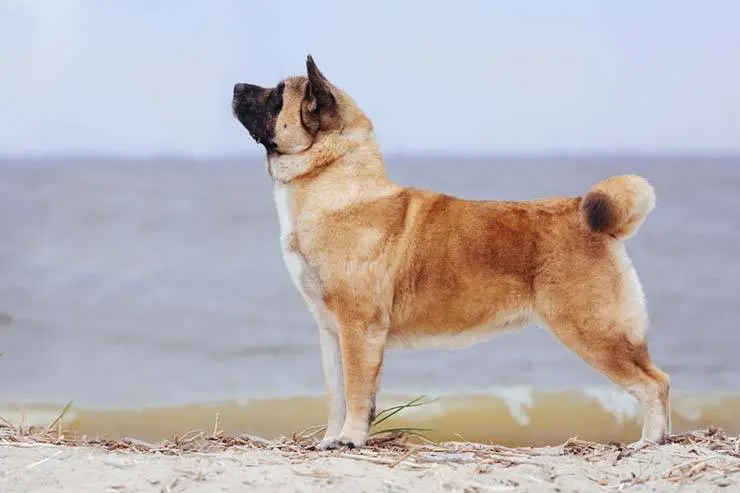
Photo of American Akita
Head
Head. Large, massive, but folded proportionally. In a calm state, there are no folds on it. If you look at the head from above, then its shape will look like an obtuse triangle. The skull is flattened, there is a small furrow on the forehead. Stop with soft transition.
Muzzle. Big and wide. The ratio of its length to the length of the entire skull is 2:3.
Ears. In relation to a small head. They have a triangular shape and a standing position. At the base there are wide cartilages. The tips of the ears are slightly rounded. Not set low, slightly sloping forward. In a well built dog, the tip of the ear should reach the upper eyelid when pressed against it. And if you look at the head from the side, then the ears will continue the line of the neck.
Nose. The lobe is large, black. Nostrils wide. Dogs with white coats may have brown earlobes.
fall. The jaws are square, rather powerful. But the suspension is light.
Teeth. Strong and large. Scissor bite. A level bite is also allowed by the breed standard. The dental formula is complete.
Lips. Tight to the teeth, black.
Eyes. Small in size relative to the head. They are set deep and have a shape close to a triangle. Rich chocolate iris. The eyelids are painted black and fit snugly to the whites of the eyes.
Neck. Well muscled, not long. The suspension is small. The neck widens towards the shoulders. The scruff is pronounced, smoothly passes into the skull.
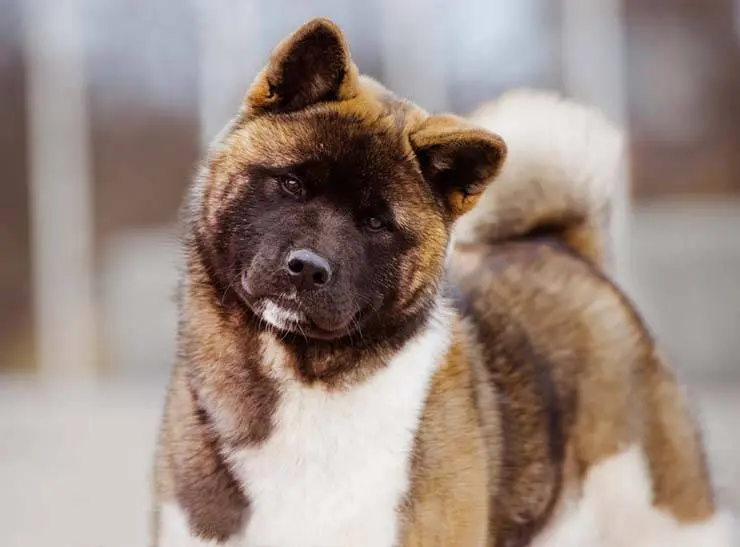
Frame
Frame. Its length is greater than the height at the withers. Belly tucked up, back straight. The loin is slightly arched and quite powerful. The skin does not sag.
Breast. The length is equal to half the height of the dog at the withers. The ribs are quite convex, well palpable.
Tail. Straight, overgrown with hard hair, without dewlap. At the base is wider and more powerful. Set on high, when walking is over the back. May touch the thigh while moving. The end of the tail reaches the back or below. Curved into a ring or several. In the unfolded state, it reaches the hocks.
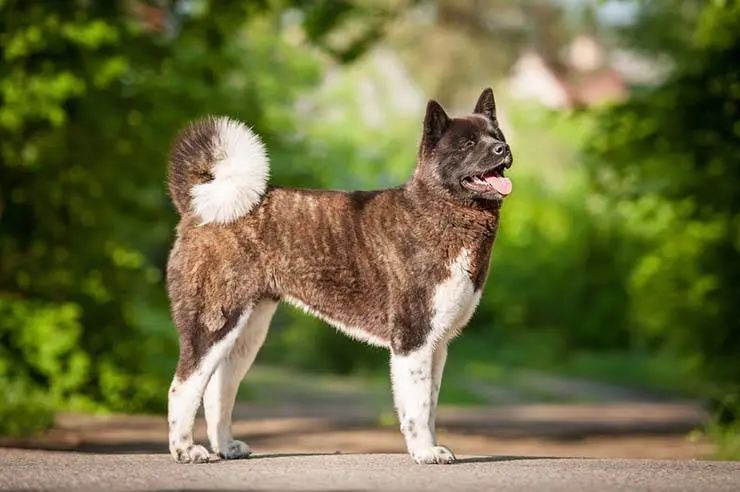
limbs
Front. With strong bones. If you look at the dog from the side, they look straight. The shoulders are well muscled, with strong and powerful shoulder blades. Elbows can only be directed back, everything else in the breed is considered a marriage. The pasterns are slightly inclined. The paws are rounded, similar to a cat’s. The pads are fleshy, the claws are strong.
Rear. With strong bones, with developed muscles. The thighs are powerful. The metatarsus are located low, standing straight. If you look at the dog from behind, then the knee joints are parallel. Their angles are not pronounced.
Wool
The American Akita has a tightly packed thick undercoat as well as guard hairs. He is rough and tough. The undercoat is soft and slightly shorter than the outer coat.
On the paws, head and ears, the hair is densely packed, but it is short. The length of the hair at the withers is about five centimeters. On other parts of the body it is slightly longer, especially when it comes to the tail.
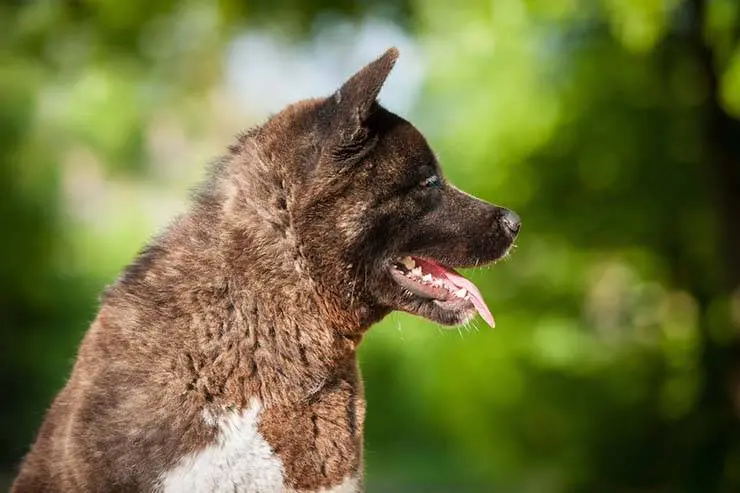
colors
The breed standard was adopted in 2000. According to him, the American Akita can have a lot of different shades of wool. Any color that is close to red, red or deer is considered acceptable.
The dog may be spotted, brindle, or completely white. In spotted animals, the dominant color should be white. In this case, spots should not occupy more than a third of the entire surface of the body and are more located in the head area.
The undercoat color of the American Akita can be the same color as the coat or different from it. Some dogs have a blaze, dark mark, or mask on their muzzle.
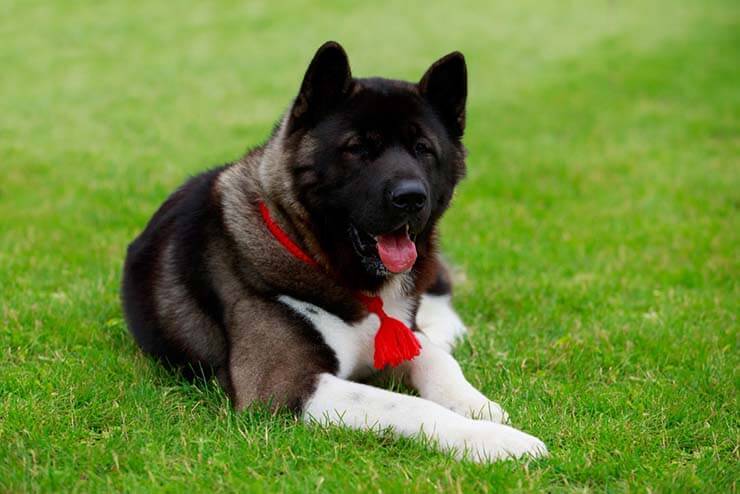
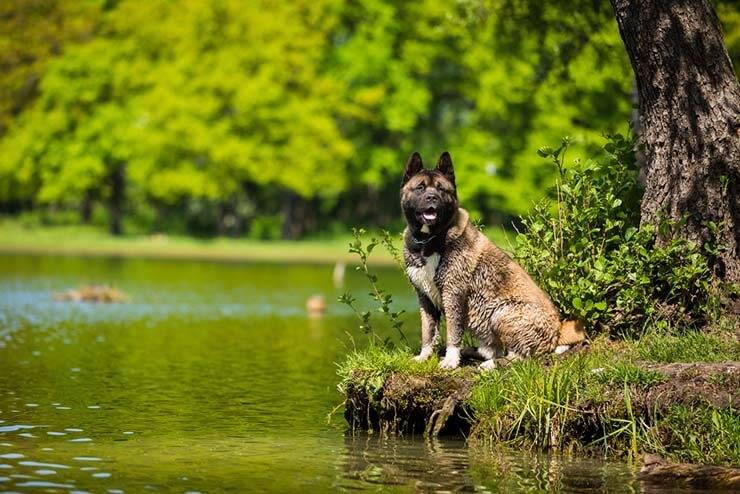
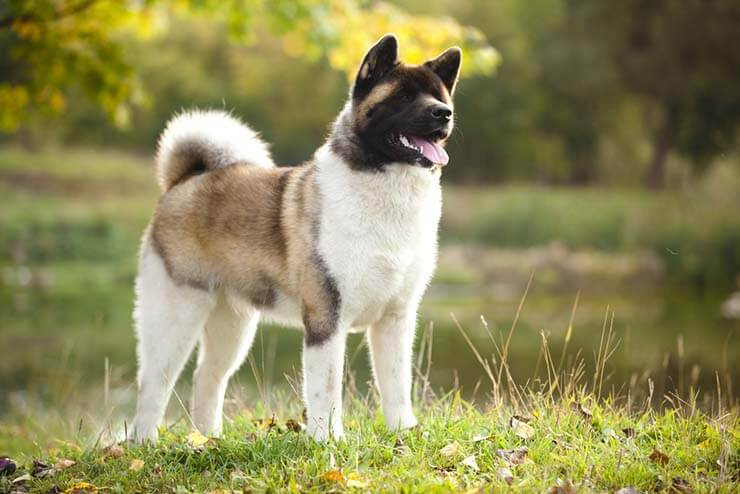
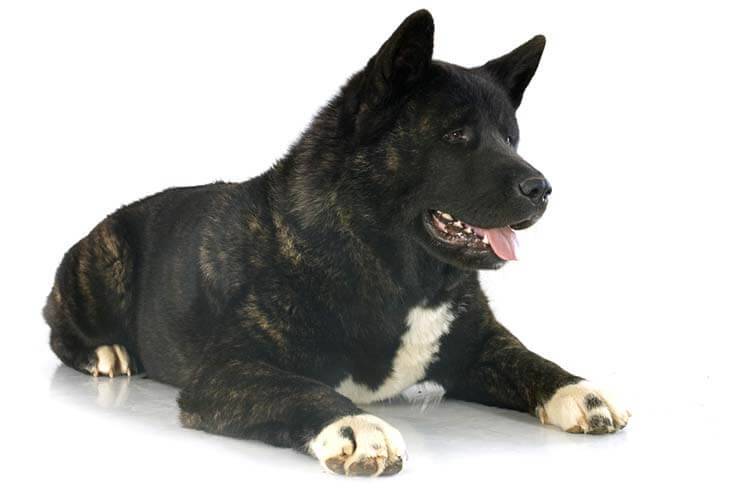
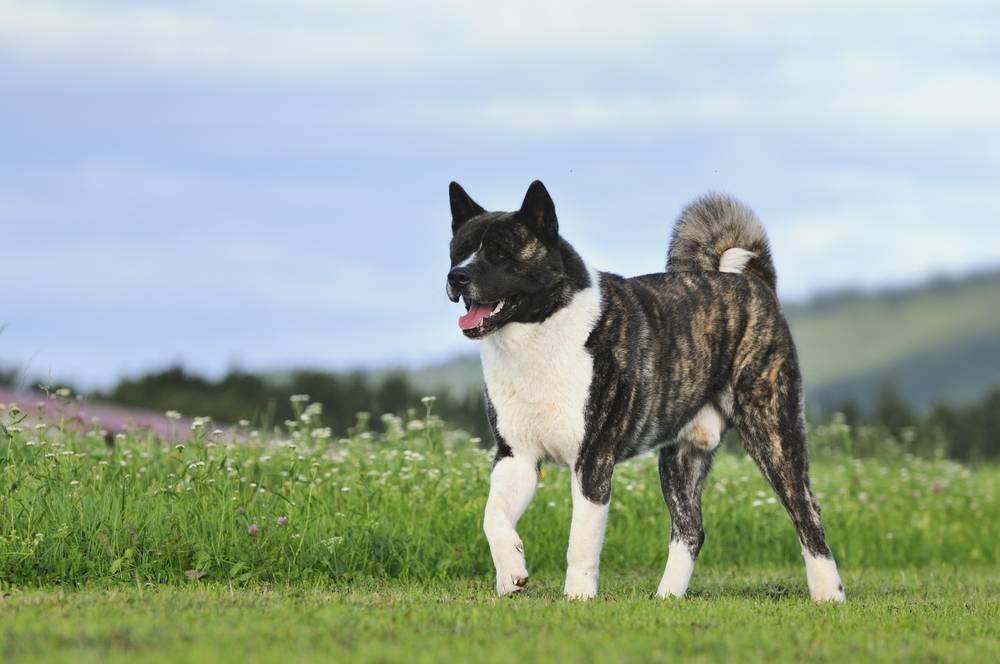
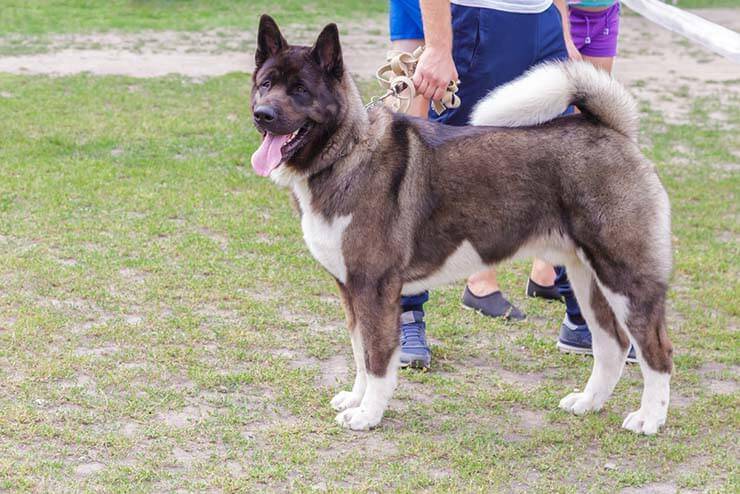
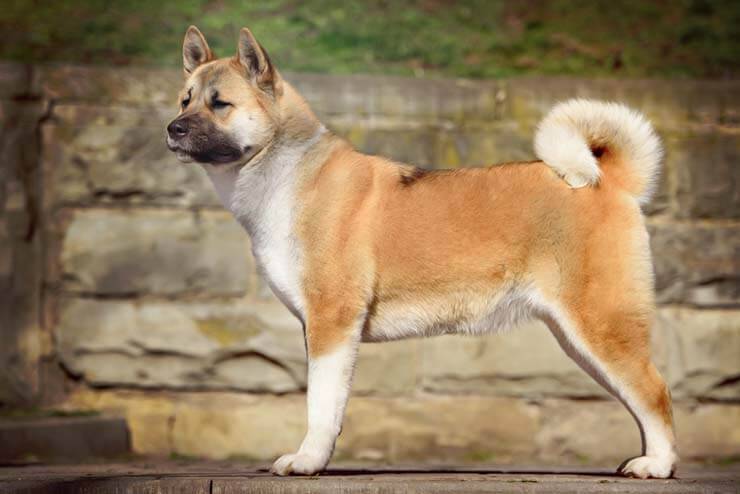
Photos of colors of the American Akita
The nature of the American Akita
The American Akita is more obedient and sociable, she submits to a person rather than puts herself on a par with him. However, her respect must be earned, so you need to start raising a dog from birth. Since this is a smart breed that does not accept monotony and senseless obedience, it may need the help of a specialist to train it .
It is also necessary to attend to the socialization of the dog early, but it is important to understand that this will not save him from the craving for dominance. The American Akita does not get along well with other pets, especially those of the same sex. The voice of hunting ancestors has not died down in it, so cohabitation with small animals can be difficult.
Akitas are not aggressive, they like to be the center of attention, but they are not demanding and are sympathetic to the owner’s desire to relax and be alone. They get along well with children only if the kids respect them.
The American Akita will never make a fuss over trifles. This is a reserved dog that does not bark when he hears a rustle or footsteps. She feels the line between real danger or threat and other sounds. If you get a dog of this breed in a high-rise building, then you don’t have to worry about conflicts with neighbors. The animal will not constantly bark and howl without a good reason. And if someone hears this, then there is no doubt that the dog gives an “alarm signal”.
These dogs do not tend to fuss, as nobility is in their blood. They do not bother and do not bother the owner, especially if he is busy or not disposed to communicate. Dogs subtly feel the mood of a person, have developed empathy. The American Akita needs personal space. Therefore, it can be great to spend time alone with yourself.
Another distinguishing feature of the American Akita is its touchiness. Not for nothing, of course. But if the owner raises his voice to the dog or uses physical force against it, then his authority will be instantly undermined. This dog will remember this attitude for a long time and may never forgive him. Because of this, problems with obedience and training may arise in the future.
Education and training
The upbringing of the American Akita should be approached taking into account the characteristics of the character of this breed. She is naturally inherent in such traits as stubbornness, pride and self-esteem.
These dogs do not tolerate prolonged intellectual and physical stress. Therefore, in order to achieve success in training, one should not only choose the right time for classes, but also make them fractional. That is, it is better to study more often and little by little than to allocate half a day for this once a month. In addition, the American Akita needs unhurried classes, she does not tolerate fuss. She executes commands thoughtfully, so please be patient. Your pet may need time to learn and remember certain actions that you require of him.
If you want to turn the American Akita against you, then screaming and physical punishment will be the best education. Excessive severity and aggression can make the animal uncontrollable, cowardly and unpredictable. After such methods of education, the dog’s psyche will be disturbed and, most likely, it will be a danger to you and others.
To raise an American Akita correctly, you will need patience and perseverance. This dog will definitely help you learn endurance. First you need to establish a trusting relationship with the puppy and establish contact with him.
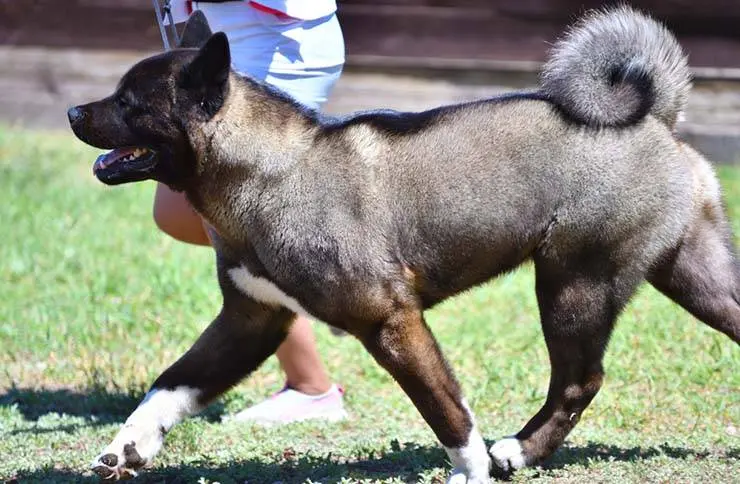
The American Akita can be trained as a sled dog or guard dog. But, no matter what “specialty” you choose for the dog, the first thing you need to do is learn the basic commands. The first could be:
- “Ugh!”;
- “To me!”;
- “Beside”;
- “Sit!”;
- “Lie!”;
- “Place!” and so on.
Such commands can be taught to the American Akita at the age of two to three months. It is a mistake to believe that at this age the puppy is still too small. On the contrary, his inquisitive mind will allow him to “grasp on the fly” all the information. And joint short lessons with a puppy help to establish friendly relations with him.
Use praise and treats to increase your American Akita’s interest and motivation. By showing genuine joy, you show the puppy that you are pleased with his achievements. This will motivate him to work even harder.
Training an American Akita at home is not easy, but it is a doable task. If you are an inexperienced breeder and this dog is your first, then the professional assistance of a cynologist will help you not to fall into despair. A good specialist will point out problems that may arise during training, and will also help you complete a particular course with your pet. Sometimes you can’t do without a cynologist, especially if the dog has behavioral disorders.
Many American Akitas suffer from extreme mood swings. Just now they were having fun and running, and after a second they “go into themselves” and become isolated. This feature also should not be ignored in the process of training a dog. But if you make every effort and patience in the process of training, you will get not only a devoted friend, but also a well-mannered and intelligent dog.
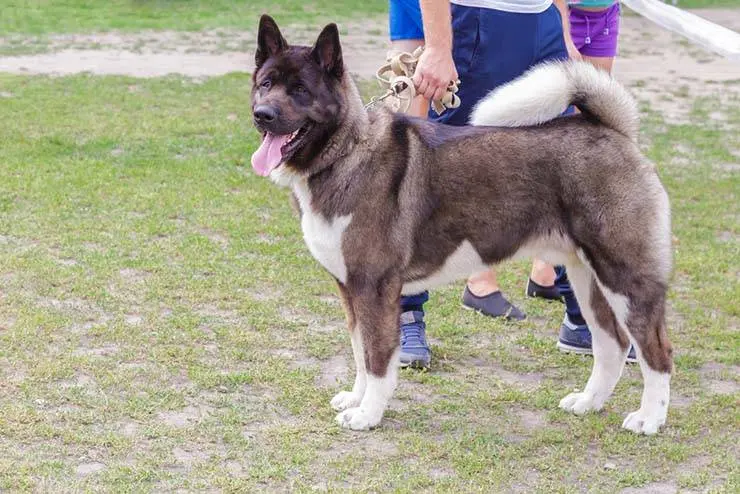
Maintenance and care
Dogs of the American Akita breed are considered quite healthy: they have strong immunity and are not subject to the influence of the weather. At the same time, like many breeds, they have a number of serious genetic diseases. For this reason, before acquiring a dog, it is necessary to study its pedigree. So, the Akita can suffer from hypothyroidism – a disease that affects the functioning of the thyroid gland. Due to a lack of hormones, the pet becomes sleepy and sad, it quickly gains weight, sheds heavily , and often shows unreasonable aggression.
Another hereditary problem that is often found not only in Akitas, but also in dogs of different breeds, is joint dysplasia. When walking, the animal experiences unbearable pain, from which only surgery can relieve.
Despite the long coat and thick undercoat, the American Akita does not require serious care. To keep her coat healthy and attractive, she needs to be brushed at least once a week. Akita should be washed once a quarter or as the pet gets dirty.
The American Akita loves to spend time outdoors. Ideally, living in a country house is suitable for her. Previously, these dogs were used as guard dogs, but now a strong attachment to the owner is unlikely to allow this pet to live peacefully in the yard. Americans can be kept in a large apartment, but in this case they need to walk for a long time at least once a day.

The American Akita is not afraid of snow and frost. She has a thick undercoat that protects her from cold and hypothermia. As well as a long and hard outer hair, it protects the dogs from precipitation. But Akitas do not tolerate extreme heat. They may experience overheating, sun and heat stroke due to the imperfection of the cardiovascular system.
Many hunters keep American Akitas in enclosures. These rooms should be spacious enough, with a good and strong fence, an insulated booth in which the dog will sleep and hide from the weather. But the animal cannot spend all day in such a limited area. With him, be sure to walk or release in a fenced area.
The American Akita loves active games, during which he can throw out excess energy. Therefore, an adult dog needs to spend at least several hours a day “in the wild”. If possible, take your pet to the forest, park, to the pond. In summer, the American Akita will be especially good to cool off in a river or lake. A small bonus is that even in severe frosts you do not have to buy clothes for the animal. His fur coat will reliably protect the dog, so the walking time in the winter season will be unlimited.
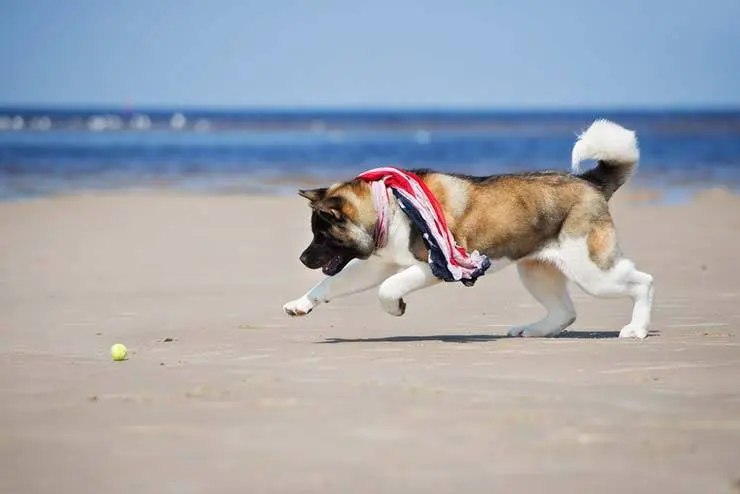
Shampoo your American Akita once or twice a month. But it should be combed much more often. Otherwise, your house will drown in wool, especially during periods of molting. To do this, you can use a slicker and furminator, alternating these accessories.
Dog grooming should include nail trimming and ear cleaning. In the warm season, the dog is treated for fleas and ticks once a month. Once a quarter, funds are given to prevent the appearance of helminths. You can brush your teeth at home with a special toothpaste, or you can trust your veterinarian to perform an ultrasound procedure.
The eyes of the American Akita do not need special care, as they are not prone to excessive secretions. But in representatives of the breed, which have a snow-white “fur coat”, yellow traces may remain inside the eyes on the coat. You can get rid of them with the help of special means, including bleaching powder, shampoo and lotion.
American Akita food
Most professional breeders and veterinarians recommend giving the American Akita dry food and canned food. Industrial rations are balanced and contain all the necessary vitamins, micro and macro elements. The food contains proteins that are easily digestible and do not cause allergies, as well as carbohydrates and fats in the correct proportion. The composition may include seafood, fish, meat of wild animals.
It is better to choose a diet of premium and super-premium class, which contain only one type of protein. Rice and potatoes are suitable carbohydrates for the American Akita. Foods containing soy can cause an allergic reaction.
For the first couple of months, puppies are fed breast milk. Then they can begin to give industrial feed. As a rule, they start with canned food, which is diluted in equal proportions with water. And dry food is bred in a ratio of 1: 3.
Up to five months, puppies are fed three to four times a day, from nine months they can be transferred to two meals a day. The amount of feed is determined based on age, health, activity and many other factors. Approximately, there should be 50 calories per kilogram of weight.
For the American Akita, a balanced diet is suitable, which includes up to 20 percent protein and about 15 percent fat. The best option would be food that is made on the basis of rice. It should not contain wheat and corn, as they impair the functioning of the gastrointestinal tract. For puppies and older dogs, a low-fat diet should be chosen.
Health
Most American Akitas are healthy. They are quite hardy dogs. But they, like any other breeds, have a predisposition to certain diseases:
- Problems with the gastrointestinal tract. Most often manifested as bloating of the stomach and volvulus of the intestines. The latter condition is life-threatening for the dog. Prevention of the disease is fractional feeding and rest after eating;
- retinal atrophy. With this disease, the dog can become completely blind. Unfortunately, treatment is practically ineffective;
- Inversion of the eyelids. When the eyelid turns, the eyelashes injure and irritate the eyelid, resulting in inflammation. You can solve the problem with the help of surgical intervention;
- Eversion of the eyelids. In this case, the eyelid turns outward and sags. It can also be corrected with an operation;
- Dysplasia of the hip joints. To identify the disease, it is necessary to take an x-ray. But for this, the puppy’s joints must be fully formed. Healthy dogs are assigned a document stating that dysplasia is excluded;
- Allergy. It can be manifested by itching, redness, hair loss. To cure an allergy, it is necessary not only to drink antihistamines, but also to eliminate the allergen.
If it seems to you that the dog has become lethargic, feels unwell, refuses food and water, then it is better to contact your veterinarian as soon as possible.
Photo of American Akita
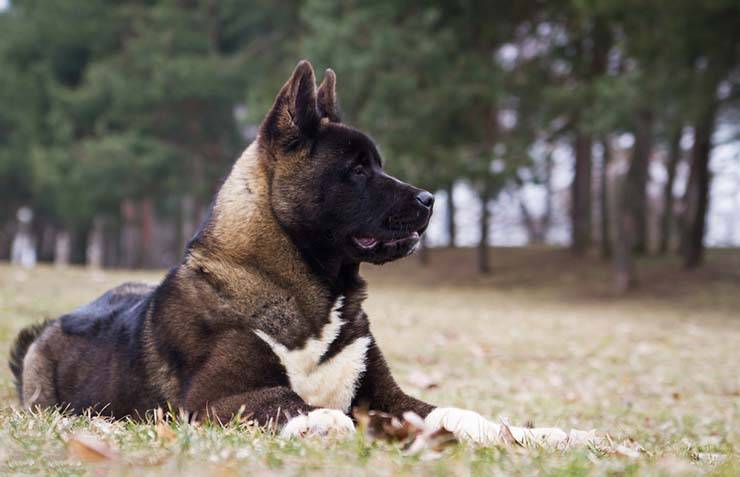
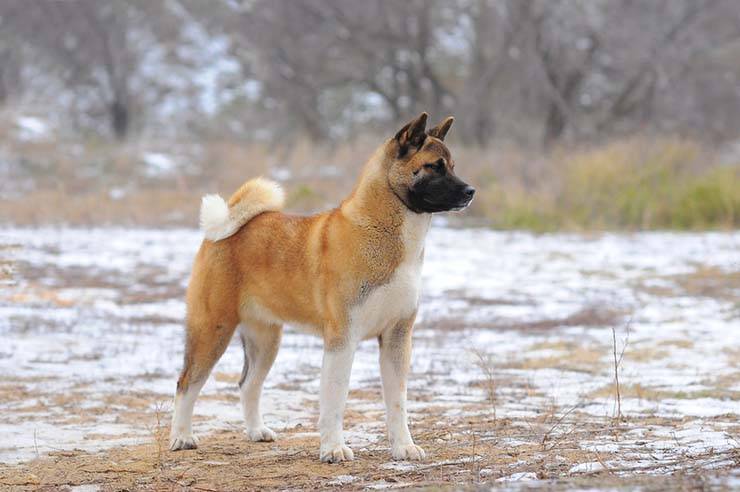
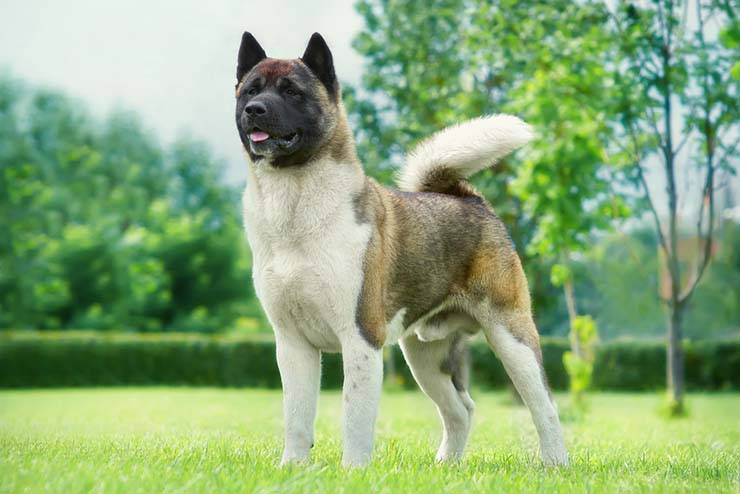
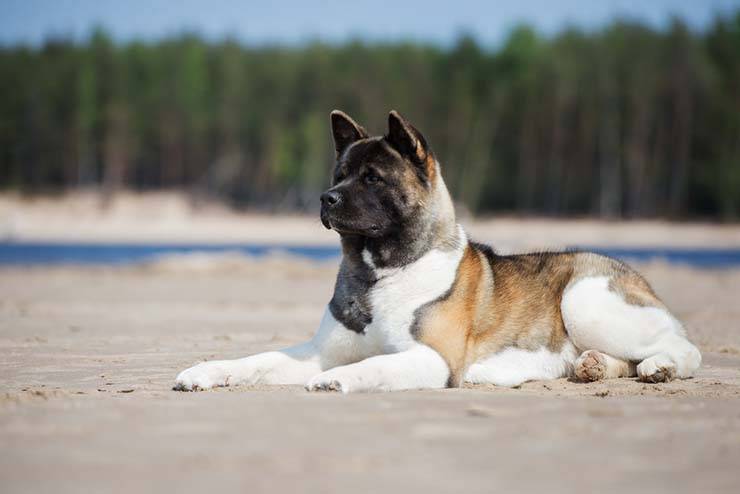
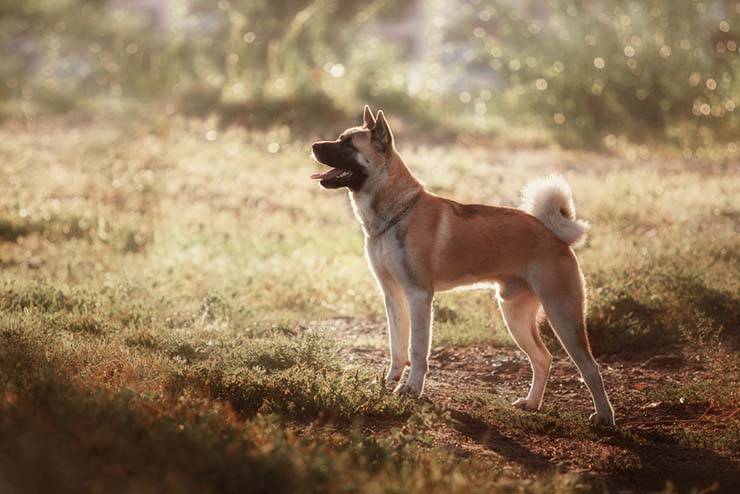
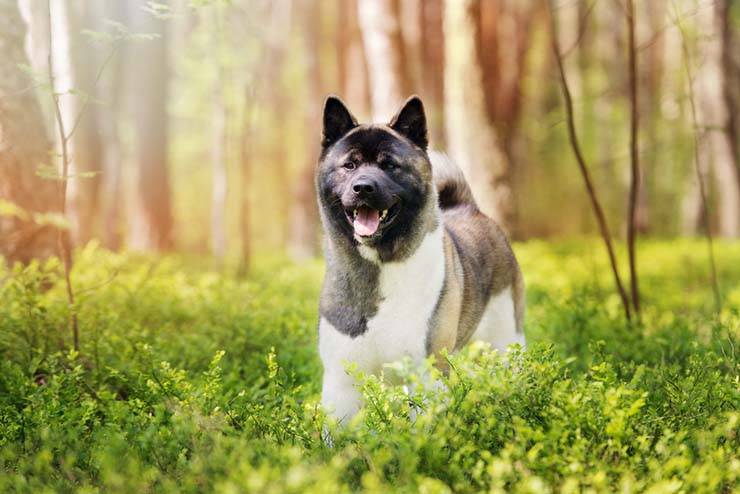
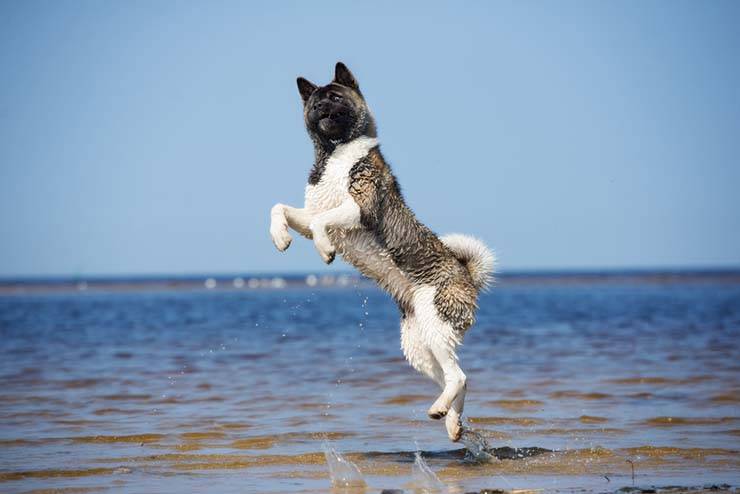
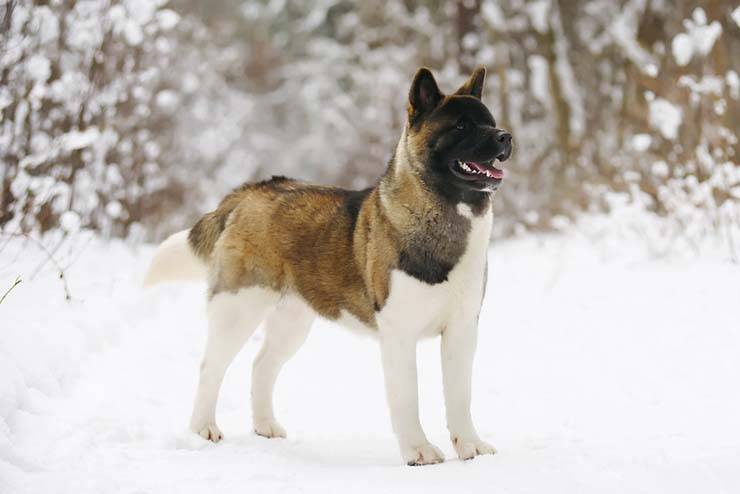
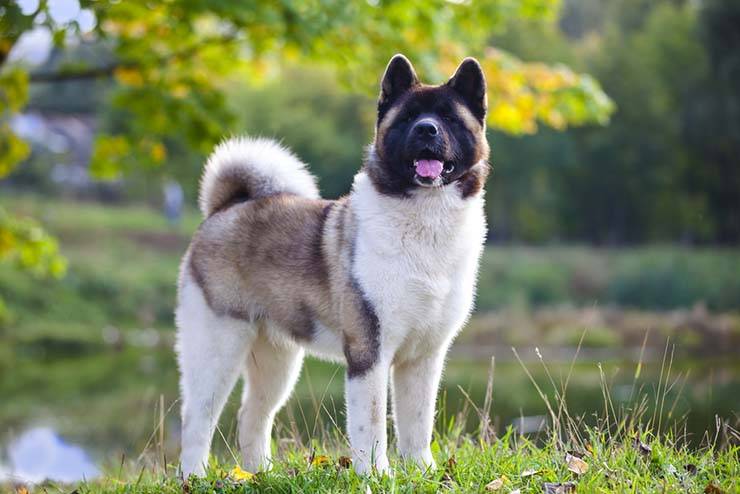
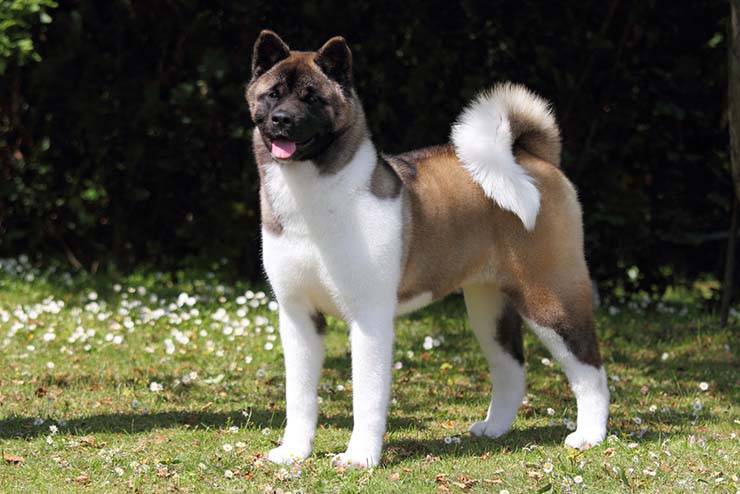
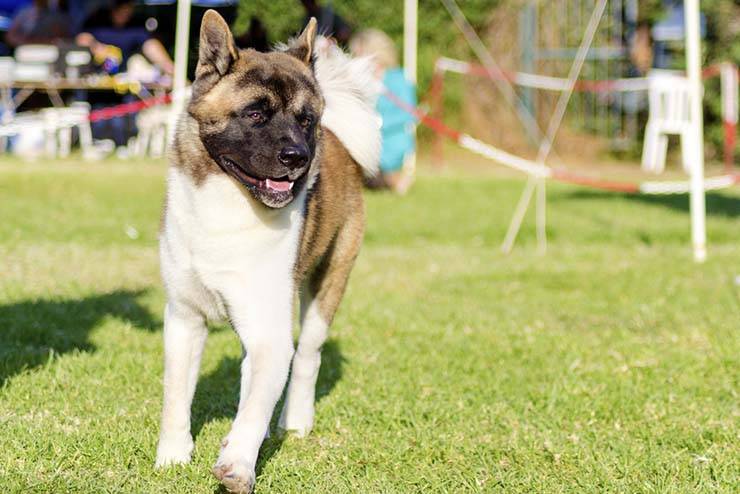
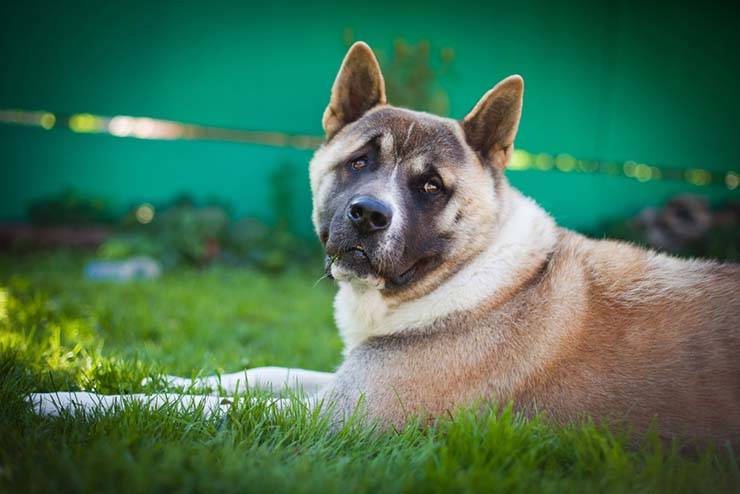
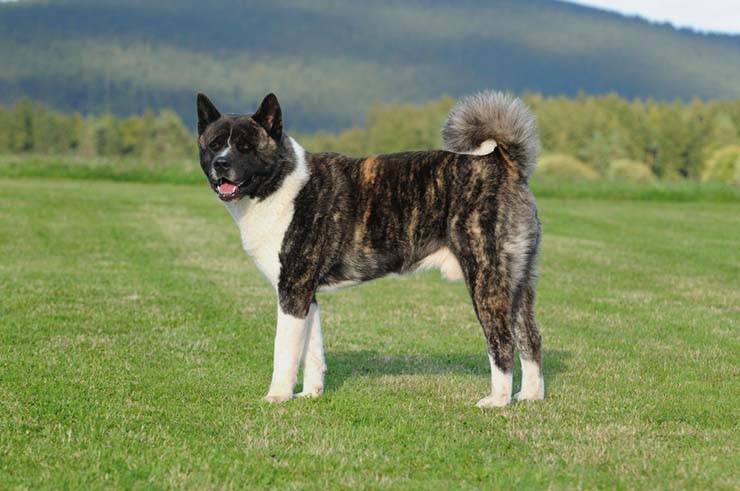
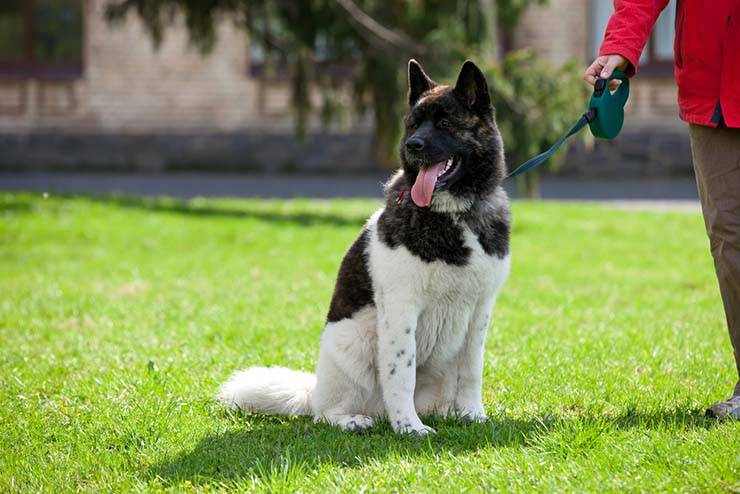
Who is this breed for?
The American Akita has a serious personality that is definitely not suitable for a novice breeder. This dog needs constant training. Representatives of this breed can be stubborn, wayward, so it is important that the owner in the pair is the main one.
But for experienced breeders who want to try their hand at training, the American Akita is perfect. These are smart dogs that need physical and mental exercise. For avid hunters, such a dog will also be a real find. But on the condition that he undergoes appropriate training.
This breed should not be started by older people, as they may not be able to cope with the upbringing and training of the dog. Even keeping a massive Akita on a leash will be difficult. In addition, the dog needs to move a lot, and for people of age it is quite tiring. Due to their size, the dog can inadvertently harm a small child. But, in general, this breed gets along well in families with kids, as it knows its place in the “pack”.
The American Akita may have difficulty communicating with other animals, as this breed is characterized by zooaggression. Therefore, the dog needs to be socialized from an early age. Cats, birds and rodents can be perceived by your pet as prey. For walks on the street, it is better to take a muzzle.
If you want to keep a dog in an apartment, you must have enough free time to walk with him. Otherwise, your pet will arrange bedlam, gnaw on things and spoil furniture. But a contented and happy Akita can be an ideal guardian of your property. After training in guard duty, this dog will not let anyone near your house.
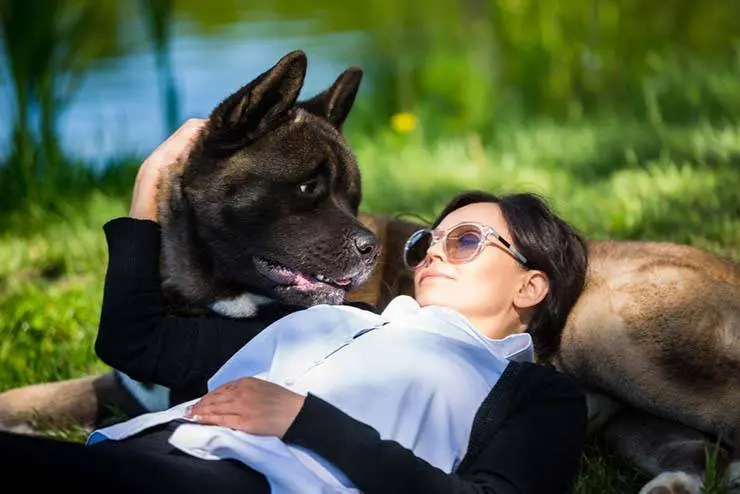
History of the breed
The American Akita is a breed recognized by cynological federations only in 2001. However, it has a rich and long history. According to Japanese anthropologists, the ancestors of modern Akitas ( Akita Inu and American Akita) helped the indigenous population of Japan in the Early Middle Ages. Stocky, fast dogs with thick hair hunted large game and guarded houses. Then they were called matagi ken, which meant “going to the bear.”
With the spread of dog fighting throughout the Japanese archipelago in the 17th century, matagi ken and similar dogs began to be crossed with larger mastiffs to give the fighters an even more formidable appearance. Akita has undergone significant changes in appearance, which is noticeable in the ancient drawings of these dogs. The blood of the mastiff made the ancestor of the American Akita even more calm and patient, but at the same time his independence and tendency to dominate was preserved.
Fights were banned only at the beginning of the 20th century, and until the Second World War, lovers of the breed tried to restore the former appearance of the dog. Unfortunately, their hard work was jeopardized: during the war, Akitas were almost exterminated. In order to preserve the national breed, Japanese cynologists took the dangerous step of crossing it with German Shepherds. Later, they abandoned this practice and for many years continued the pedigree only of those individuals that were least affected by changes. As a result, today there is a red and graceful Akita Inu. The American Akita is the exact opposite of its Japanese relative. She moved to the United States with returning soldiers and became so fond of the Americans that for decades, despite the disapproval of Japan, they bred her and so achieved a modern look.
Other breeds also took part in the crossbreeding, so the American Akita got them the following qualities:
- short stature from Akita Inu;
- shortened coat, structural features of the ears and zooaggression from the Tosa Inu;
- mane, dark spots on the tongue and independence in character from chow chow;
- long hair from St. Bernard.
Some of these qualities are today considered undesirable for the breed. But at that time, mixing blood was a necessity.
In the Land of the Rising Sun, today this breed is not very popular, since the Akita Inu is more in demand there. But these dogs are in demand in Europe and America. Until now, these dogs are used for hunting bears and wild boars. They are popular at exhibitions and competitions, as they attract a lot of attention.
How to choose a puppy
If you have firmly decided to get an American Akita dog, having weighed all the pros and cons, then you must responsibly approach the choice of a puppy. Pay attention to the mental and physical health of the animal. If possible, seek help from a professional dog handler. He will tell you from whom you can buy a purebred puppy and what to look for when choosing.
The parents of your future pet must have all the relevant documents, including those that confirm the pedigree and suitability for breeding. Learn about how puppies and their mother eat, in what conditions they are kept. The best option is to see everything with your own eyes.
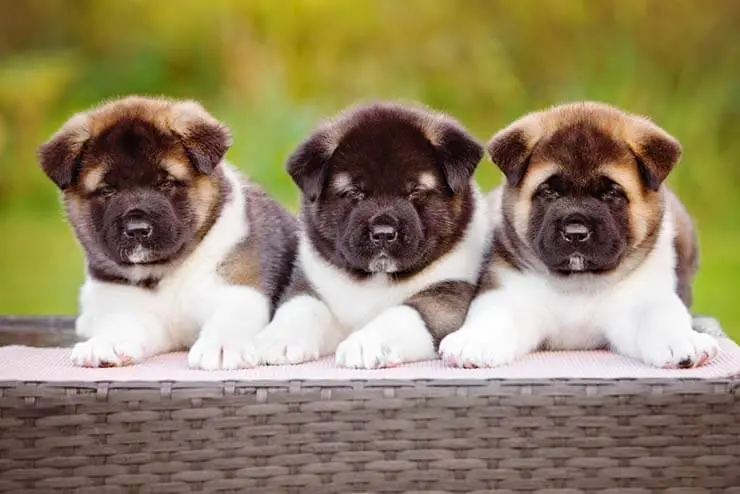
You must be sure that the puppy has not inherited genetic diseases and is completely healthy. He should be cheerful, active and playful. A good appetite is also a sign of health. The dog should not be shy. Clap your hands and watch his reaction. If the puppy runs away and does not approach you for a long time, then this is a bad sign. He should approach a stranger with interest and sniff him.
Do not buy a puppy from the hands of the market. Too low a price should alert you, as an American Akita cannot be too cheap. In addition, there is a big risk of buying a sick puppy, or instead of a purebred dog, you will get a mestizo.
When buying a dog, you must understand that this is not a toy, but your new family member. Therefore, do not be afraid to ask the breeder a large number of questions:
- How old are the puppies?
- How many were born in a litter?
- What is the pedigree of their parents and how is it confirmed?
It would be nice if you were allowed to choose your own American Akita puppy from the litter. Then it is better to devote at least half an hour to communicating with the kids. You will immediately be able to understand which puppy suits your character.
The best age for weaning a dog from its mother is from one and a half to two and a half months. At this time, they already become quite independent. Choose a medium-sized baby, not fat, but not too thin.
An American Akita puppy that shows aggression from an early age is likely to remain that way when it grows up. And the timid and shy will be weak and fearful. Some qualities of character will be impossible to correct even with the help of education and the involvement of a dog handler. A good breeder should not insist on choosing one or another puppy and put pressure on you.
Photos of American Akita puppies
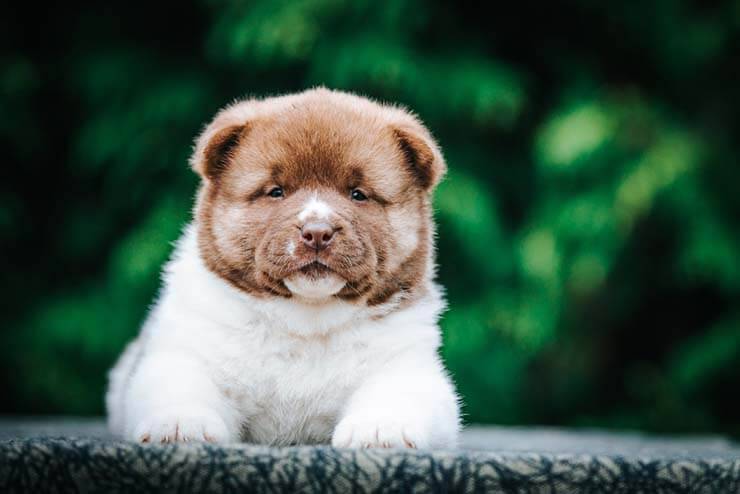
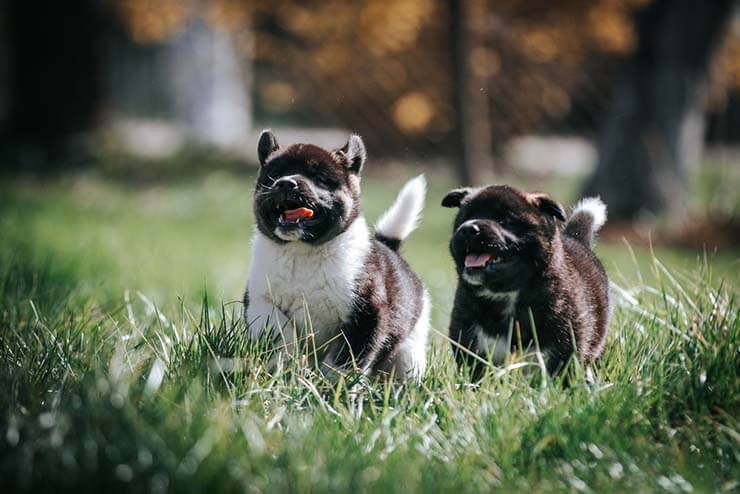
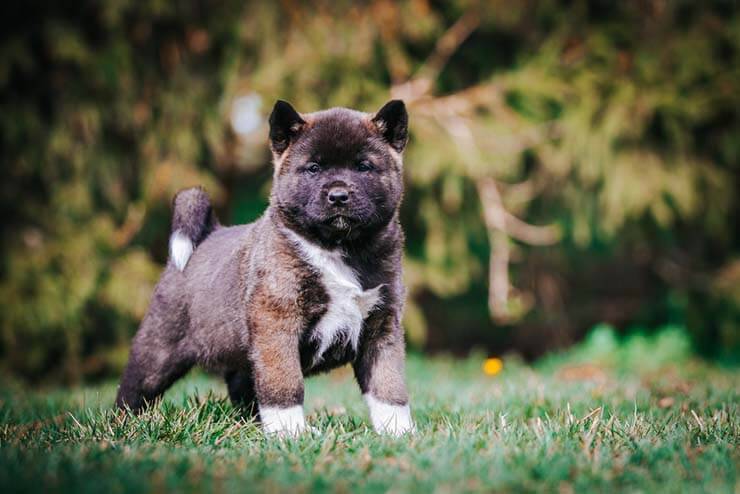
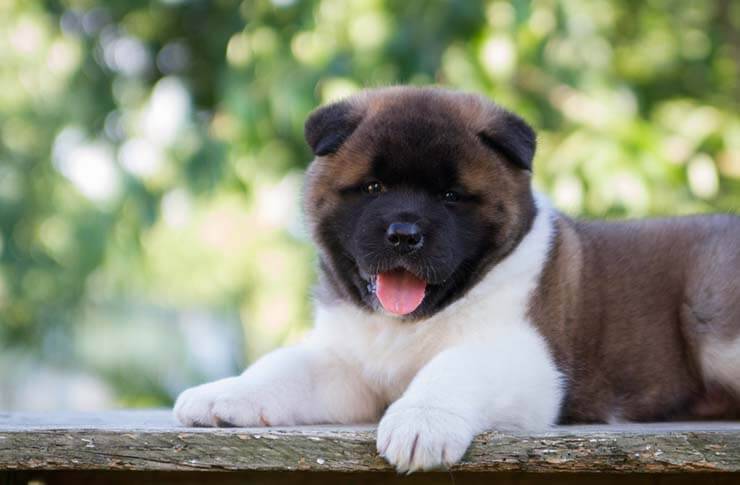
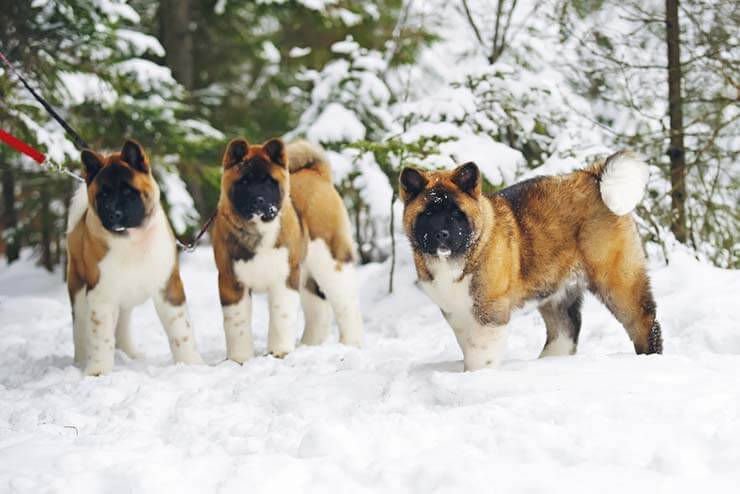
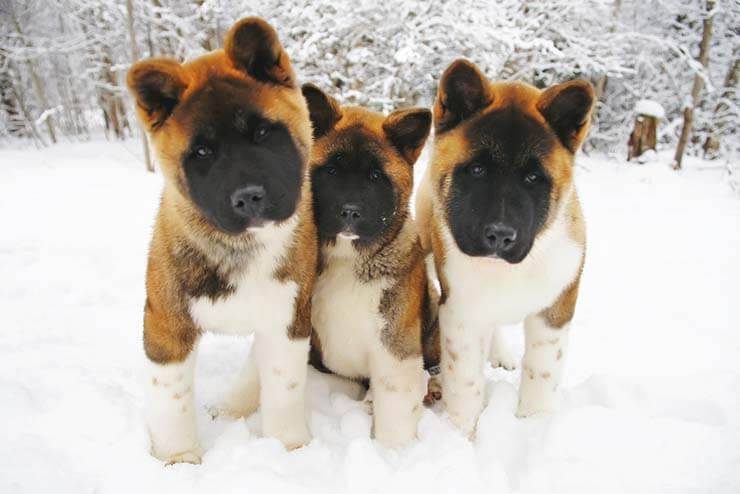
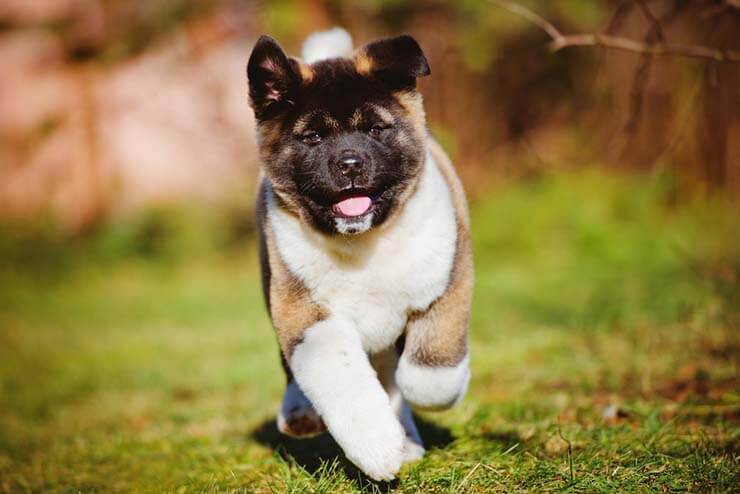
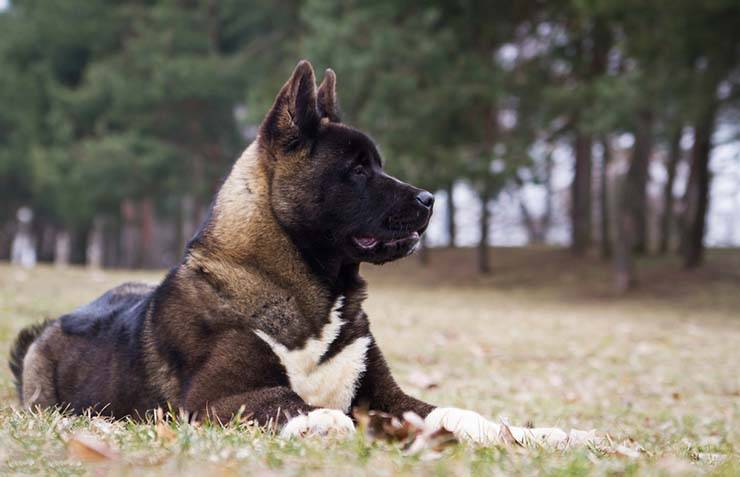
American Akita price
An American Akita puppy from purebred parents with a good pedigree will cost around 1000$. Of course, if you are not going to participate in competitions or breed with a dog, then you can find a puppy not from titled parents. Then it will cost at least two times less.
American Akita – Video



